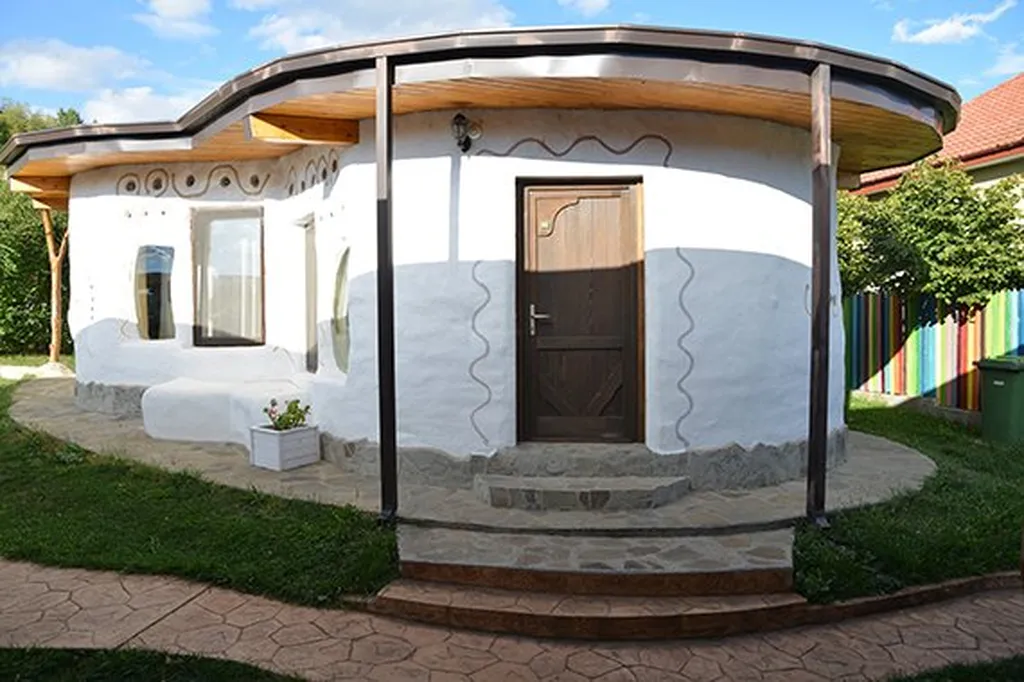In the heart of Romania, researchers are pioneering a sustainable building material that could redefine the future of architecture and construction. Ghileschi Bogdan-Alexandru, a researcher at the Gheorghe Asachi Technical University of Iași, has developed a chemically optimized rubberized concrete that promises to reduce the environmental impact of construction while opening new avenues for architectural expression.
The innovation lies in the transformation of waste from used tires into a valuable construction material. By treating recycled rubber with sodium hydroxide, Bogdan-Alexandru and his team have created an aggregate compatible with cement matrices, enhancing the material’s performance and sustainability. This process not only addresses the global issue of tire waste but also contributes to the circular economy by upcycling materials that would otherwise end up in landfills.
“The potential of this material is immense,” says Bogdan-Alexandru. “It’s not just about reducing waste; it’s about creating something new and valuable. This material can be used in prefabricated ventilated facades, modular urban furniture, and even decorative elements with variable geometry.”
The aesthetic qualities of the rubberized concrete are as impressive as its environmental benefits. The material’s unique texture and appearance offer architects new ways to express their creativity, redefining material expression in architecture. “We’re seeing a convergence of sustainability and aesthetics,” explains Bogdan-Alexandru. “This material allows architects to be both environmentally responsible and artistically expressive.”
The implications for the construction industry are significant. As the world moves towards decarbonization and circular economy strategies, materials like chemically optimized rubberized concrete could become a staple in sustainable architecture. The material’s prefabrication potential also aligns with the growing trend of modular construction, offering faster, more efficient building processes.
Published in the Bulletin of the Polytechnic Institute of Jassy: Constructions, Architecture Section (translated from Romanian), this research is part of a broader interdisciplinary effort to innovate and collaborate across sectors. As Bogdan-Alexandru notes, “This is not just a scientific breakthrough; it’s a step towards a more sustainable and creative future.”
The research aligns with European strategies on decarbonizing construction and the circular economy, positioning it as a key player in the future of sustainable architecture. As the construction industry continues to evolve, materials like this could shape the way we build, live, and interact with our environment. The future of architecture is not just about buildings; it’s about the materials that make them, and Bogdan-Alexandru’s research is at the forefront of this exciting shift.

